Allowissadula holosericea, Chisos Mtn False Indianmallow
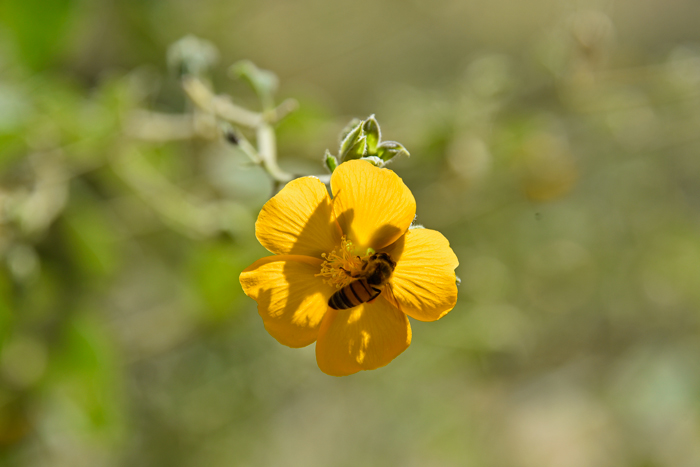
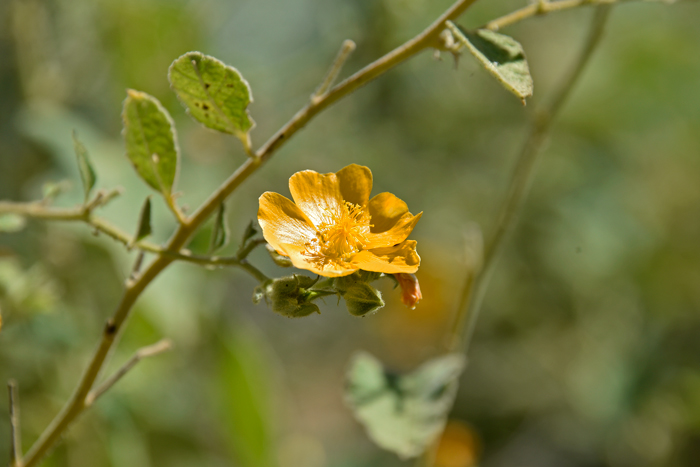
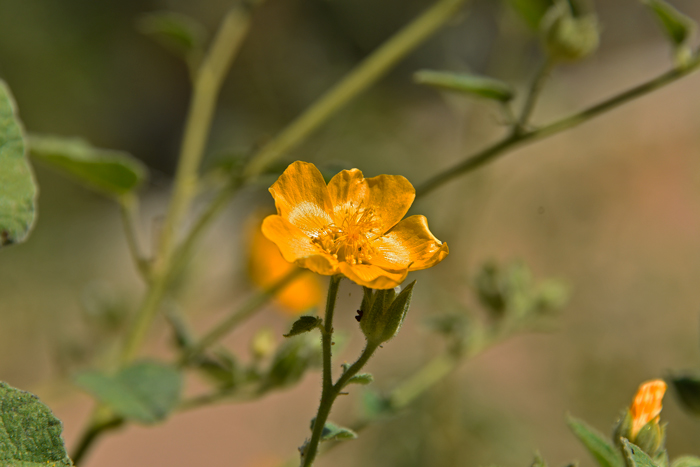
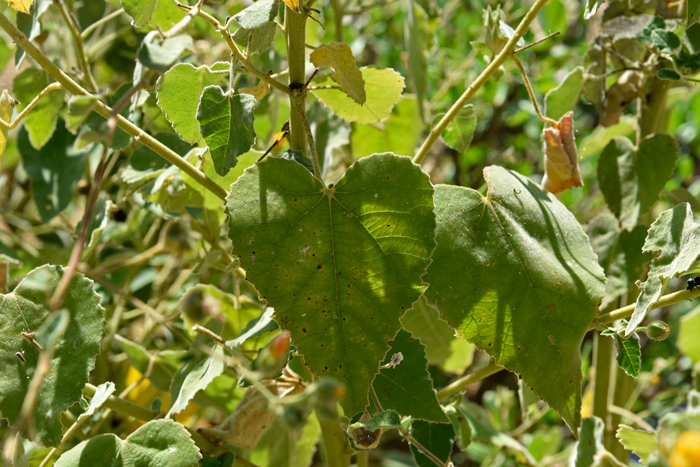
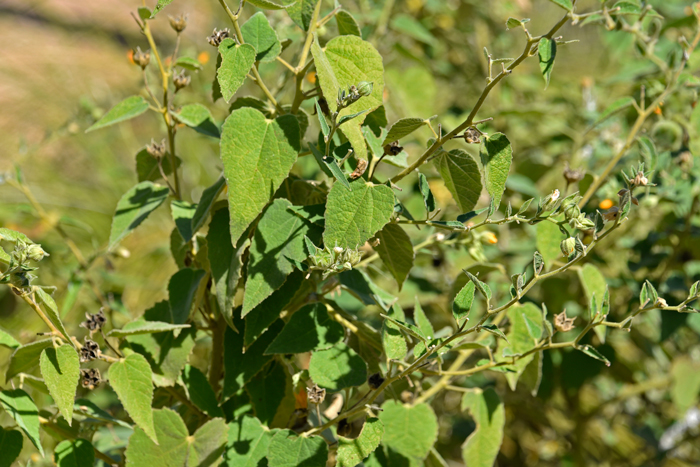
Scientific Name: Allowissadula holosericea
Common Name: Chisos Mtn False Indianmallow
Also Called: Chisos Mtn. False Indian-mallow, Velvet-leaf Mallow
Family: Malvaceae, Globe Mallow Family
Synonyms: (Abutilon marshii, Wissadula holosericea)
Status: Native
Duration: Perennial
Size: Up to 5 feet.
Growth Form: shrub; plants herbage sparsely to densely, velvety-tawny, stellate-hairy; glandular.
Leaves: Green; alternate; velvet-like texture, cordate to ovate; typical Malvaceae stellate pubescence; margins crenate, dentate.
Flower Color: Orange-yellow; flowers campanulate, smooth or ribbed; bisexual; inflorescence terminal usually open cymes or panicles; fruit a mericarp,
Flowering Season: June to October.
Elevation: 300 feet to above 4,500 feet.
Habitat Preferences: Dry rocky soils; open habitats, roadsides, woodlands.
Recorded Range: Allowissadula holosericea is relatively rare in the United States where it is only found in limited populations in Texas and New Mexico. It is also native to northern Mexico.
North America & US County Distribution Map for Allowissadula holosericea.
U.S. Weed Information: No information available.
Invasive/Noxious Weed Information: No information available.
Wetland Indicator: No information available.
Threatened/Endangered Information: No information available.
In the southwestern United States: Arizona has 0 species of Allowissadula, California has 0 species, Nevada has 0 species, New Mexico has 1 species, Texas has 2 species, Utah has 0 species. All data is approximate and subject to taxonomic changes.
Comments: Many species of the Mallow Family, including Velvet-leaf Mallow are heavily insect pollinated. Velvet-leaf Mallow is larval host for: Common Checkered Skipper, Texas Powdered Skipper and Common Streaky-Skipper.
Allowissadula holosericea may be used as a landscape species in the southwestern United States.

